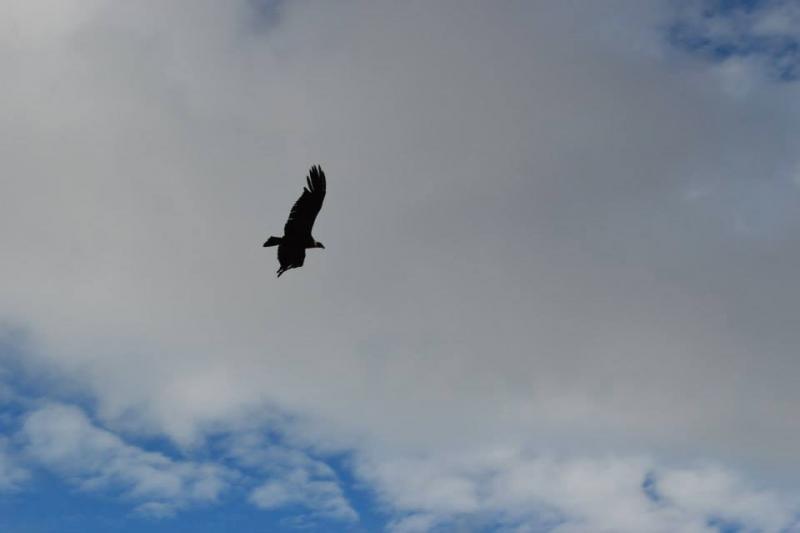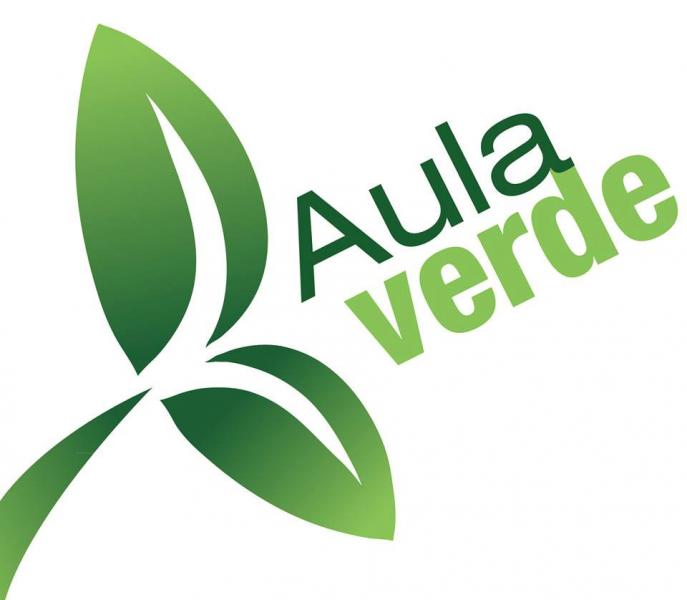Green Classroom Program




“Bettering Capacities to conserve life”
The Green Classroom Program is a systematic educational offer that focuses in the professional training of: Park Rangers, Protected Areas Administrators, and Wildlife Care Takers. All in charge of conserving the State´s Natural Heritage Areas.
Involved Entities
Ministry of Environment, Ecofondo, People´s Education and Promotion Center (Centro de Educacion y Promocion Popular-CEPP).
Background
The Green Classroom Program is directed towards the strengthening of capacities of the officials that work on the wildlife and the protected areas. The program includes 3 subprograms that targets:
- Park Rangers with a population goal of 475 officials
- Heads of area (50 officials) and wildlife care takers (23 provincial officials)
- Wildlife Care Takers
- Administrative-Accountants of the Protected Areas Support Fund (“Fondo de Apoyo de Areas Protegidas-FAP”).
This program does not include Galapagos officials.
With this background, the Natural Heritage Sub-secretary, through the Biodiversity Directorate and the Ministry of Environment, under the Cooperation Frame Agreement between the Ministry of Environment and the EcoFondo Foundation, signed on September 11th 2011, will develop such officials training program.
This program is implemented through an Aliance-Agreement signed between the EcoFondo Foundation and the People´s Education and Promotion Center (“CEPP”), as technical entity responsible for the design, handling of academic processes, monitoring and evaluation of the Park Ranger´s learning, heads of area, and wildlife care takers. Additionally, to compliment the operation budget of the training we count with international cooperation funds; the contribution organisms up to date are GIZ (Gesoren Program, Strengthening Project of the National Systems of Protected Areas in Colombia, Ecuador, and Peru, the Program for Strengthening of Capacities in the Biosphere Reserve Yasuni); PNUD-GEF (Financial Sustainability Project of the Protected Areas); KWF (SNAP´s Support Project).
Performed Actions
The Green Classroom Program began in the year 2012 with the assessment of the need for a professional training for officials that work in the protected areas and for those responsible for wildlife care.
National academic offers were analyzed, with the perspective that one or several universities could take on the academic planning.
The professional profiles were developed, a curriculum design was made, the respective flight plans were established and the administration and financing mechanisms were defined for the Program.
PARK RANGERS SUBPROGRAM
- The planning for the modules of the Park Rangers Subprogram consist of 4 main sections: progressive basic modules, technical modules, transversal modules, and practical modules. They comprise a total of 24 modules.
- It is expected that the training for each group of park rangers to last approximately a year, after which, they will be able to receive their certification.
- The first pilot group began in November 2012, with 25 park rangers belonging to 9 protected areas (National Park Sumaco Napo Galeras, Ecological Reserve Antisana, National Park Llanganates, National Park Cayambe Coca, Biological Reserve Limoncocha, Fauna Production Reserve Cuyabeno, National Park Yasuni, Ecological Reserve Cotacachi Cyaspas, and Wildlife Refuge Pambilar.)
- On June of 2013 the second group of 25 park rangers began belonging to the following protected areas: National Park Cotopaxi, Ecological Reserve Los Ilinizas, National Park Llanganates, National Recreation Area El Boliche, National Park Cayambe Coca, Geobotanical Reserve Pululahua, Wildlife Refuge Pasochoa, National Park Sangay, Fauna Production Reserve Chimborazo, Ecological Reserve Cotacachi Cayapas, Ecological Reserve El Angel, this group received its certification on August of 2014.
- The third group began on October of 2014 and will finish its training on September 2014, these park rangers belong to the following protected areas: National Park Podocarpus, National Park Cajas, National Park Sangay, National Park Yacuri, Wildlife Refuge El Zarza, Biological Reserve Cerro Plateado, Biological Reserve El Condor, Biological Reserve El Quimi, and National Recreational Area Quimsacocha.
CURRENT PROGRAM SITUATION
There have been three groups of park rangers up to date, that completed the following modules:
- Communication and Internet;
- Protected areas generalities;
- Communication and personal development;
- Basic Constructions;
- Cartography;
- Fire control;
- MTEC-1. Nature, environment, and society;
- MTEC-2. Threats to the protected areas, control and vigilance.
HEADS OF AREA AND WILDLIFE CARE TAKERS PROGRAM
It features the assessment of training needs, profiles, curriculum design, and two flight plans, which are currently being unified, in order to have one academic design that will allow to carry out a group of modules denominated “common core courses” and two different branches corresponding to the specific expertise of these two groups of officials.
FIGURES/DATA
Financially, the Park Rangers Subprogram has established a multiple cooperation strategy, with the highest contributor being the Ministry of Environment for the mobilization and travel expenses of participants, which come from the different protected areas to the training headquarters located in Quito.
The contributions made by EcoFondo Foundation and other organizations support the budget for the academic design and for the progressive operation of the park rangers training.



